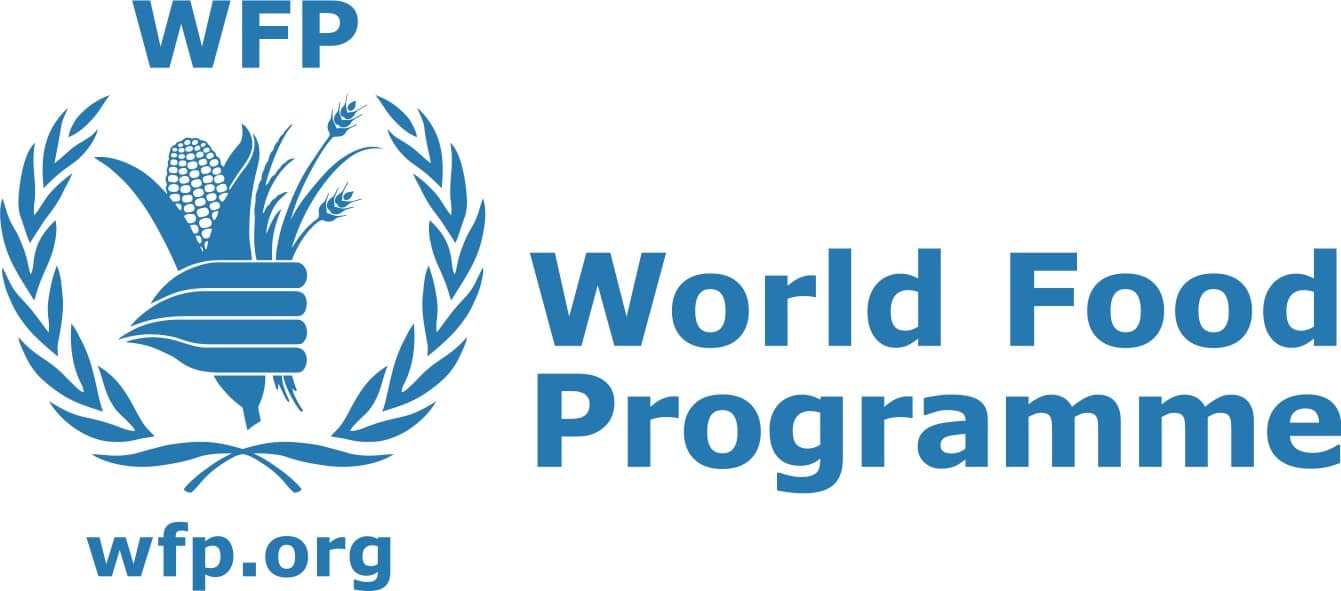MFIs determine their own interest rates
Some of the micro-finance institutions (MFIs) in the country have very high interest rates compared to financial institutions.
For example, Respect Educate Nurture and Empower Women (RENEW) charges interest rates from 18% to 24% while Bhutan Association of women Entrepreneurs (BAOWE) charges about 10% and Tarayana Foundation about 7%.
However, the interest rates of MFIs are not regulated by the Royal Monetary Authority (RMA).
The objective of MFIs is to increase financial services penetration in the rural population and to provide banking services to the unbanked population; higher interest rates could be counterproductive as the majority of the clients are micro clients, rural farmers, low-income groups unlike the banks and insurance companies.
A senior official of financial regulation and supervision under RMA said that MFIs determine their own rate of interest on loans based on their cost of fund and other associated costs such as operation costs.
She said that further, the clients of MFIs are mostly rural people and the operation cost for MFIs to reach out to these sectors of population is high.
“The interest rates of MFIs are usually market driven.Generally, MFIs charge very high interest rates mainly because of their high operation costs and to sustain themselves (given that they usually cater to clients who are in the far- flung rural places who has no access to conventional banking services),” said the official.
However, she said that if the interest rates are exorbitantly high, RMA will carry out impact assessment and come up with appropriate regulatory intervention.
RMA has licensed Non Government Organizations (NGOs) as well as private companies as MFIs.
As per the Civil Society Organization Act, NGOs are restricted to distribute any income or profit to its members and sponsors.
“However, it is important to understand that the profit that the MFI gets are not actually distributed as dividend but used by the NGO to carry out their social mandate that is to uplift the lives of the rural poor and vulnerable,” said the official.
On the Non Performing Loans (NPLs) of the MFIs, despite the high interest rates, the NPLs in the MFI sector is low compared to other financial institutions.
Official said that the main reason for the low NPL is due to close monitoring of loans by the MFIs. The MFIs give support to the clients starting from the project proposal to the execution of the products.
“Therefore, more than the rate of interest, close monitoring, handholding support to MFIs play a big role in controlling the NPL. The NPLs of the MFIs are indirectly regulated by the RMA through requirement on loan provisioning,” said the official.
Tarayana Foundation gives loan to the rural communities as a part of the rural livelihood project. Due to request from the communities Tarayana has given loan from 2008 till 2013 at the interest rate of 7%. The foundation stopped giving loans in 2013.
The Director, program of Tarayana Foundation, Sonam Pem said that currently the Foundation is in the process of studying new interest rates. An independent and international consultant is studying the interest rate of the foundation.
“The interest rate will be little higher than the previous one but definitely the rate will be affordable by the rural communities,” said Sonam Pem.
The new interest rate will be launched in November this year.
Similarly, Chief Operating Officer of RENEW Microfinance said that they have much higher operational costs than banks.
“Our calculations are based on CGAP guide and study done on microfinance industry and have been approved by the RMA,” she said.
She also mentioned that their interest rate is not high. “We can only compare our interest rates with other MFIs. The average rate worldwide is 35% per annum.”
She said that compared to all other countries in the world, MFIs in Bhutan have the highest operational expenses. This is because of the difficult infrastructure and terrain of Bhutan and the extreme weather conditions.
“MFIs always have higher risks, because we don’t take collateral for the loans and most of the clients are illiterate,” she said
Their rate of NPL for RENEW is very low. By June end it was 2.6%.
By July 2019, RENEW Microfinance had disbursed 11,884 loans worth Nu 556mn in 10 dzongkhags.
BAOWE officials said that in the case of BAOWE-Pelzhing they have managed to maintain the lowest interest rates due to innovative means.
A BAOWE official said that while BAOWE-Pelzhing (Micro Finance Institution) intends to bring affordable credit and other essential financial services within the reach of people who are not able to afford collateral and mortgages. By doing so, associated risks are very high compelling MFIs to charge high risk premium eventually adding up to the interest rates.
The official also said that the USP of BAOWE-Pelzing is its ability to keep operational costs low offering the lowest interest rates in the country through innovative means creating inexpensive banking outlets for our members.
So far BAOWE has had no PNL.
So far BAOWE have disbursed approximately Nu.2.45m as individual and group loans.
Dechen Dolkar from Thimphu













